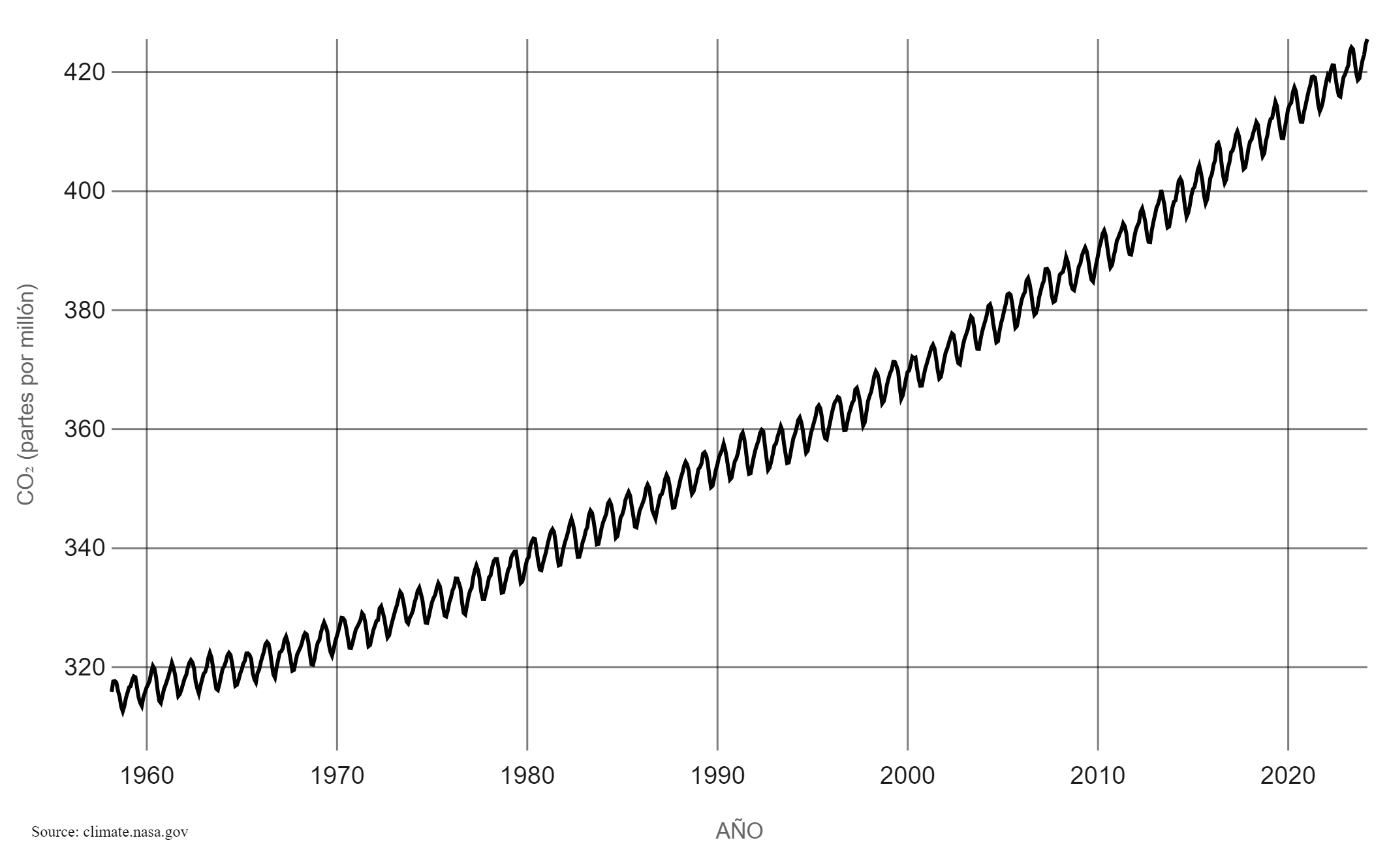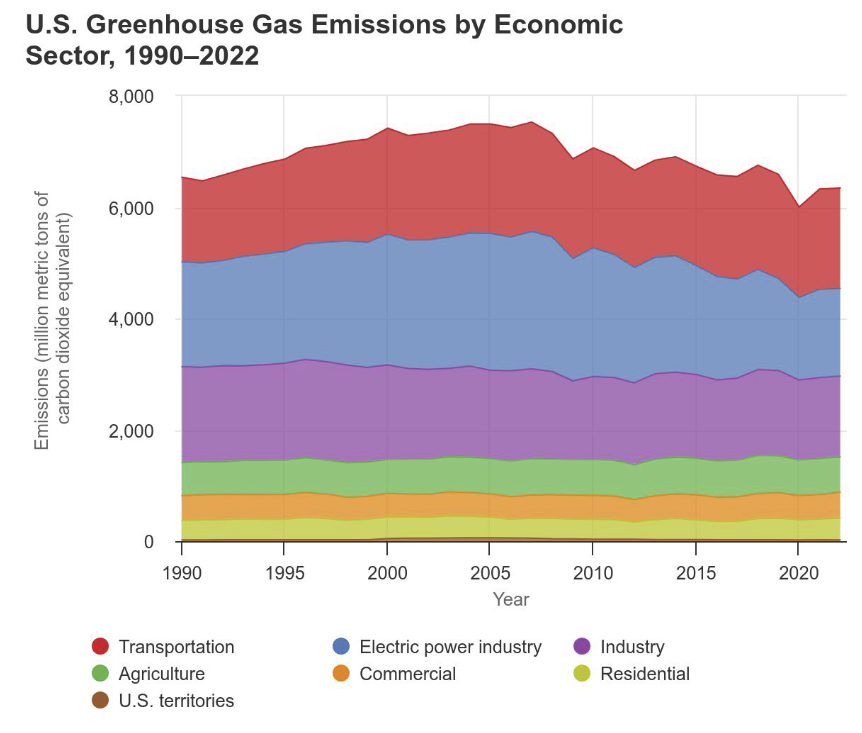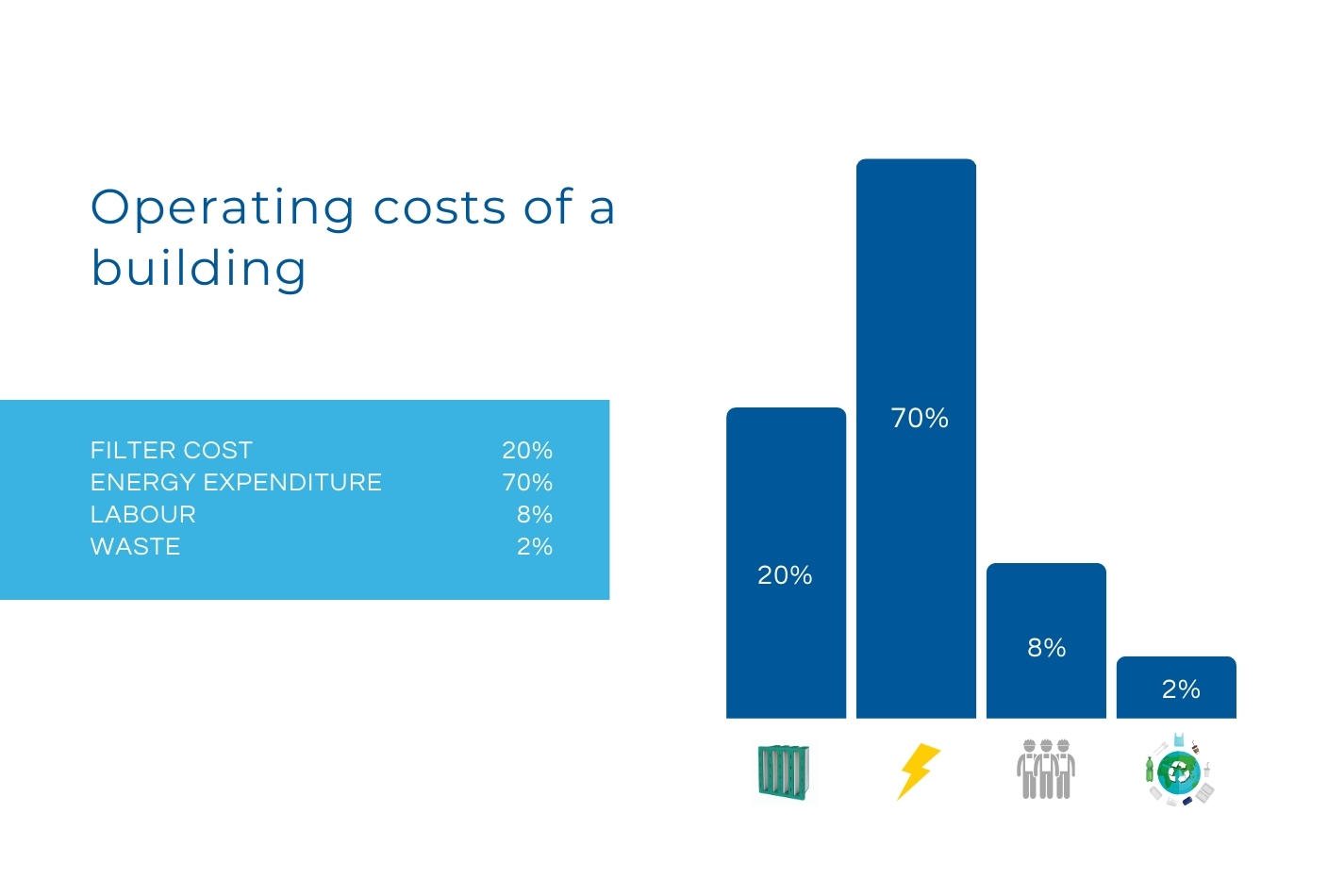Decarbonisation and filtration, strategies to reach Net Zero
Air pollution
The challenge of climate change and the need for action
Climate change represents one of the most significant environmental challenges of recent decades, and social concern about this issue is growing steadily every year. Scientific studies have confirmed that limiting the temperature increase to no more than 1.5°C above pre-industrial levels is crucial to preserve a habitable planet. But how can global warming be kept below this critical threshold?
The Paris Agreement in 2015 laid the foundations, but the European Green Deal published at the end of 2019 and The Climate Act signed in June 2021 have ratified them. According to the last one, by 2030 European countries must reduce their CO₂ emissions by 55% (known as Fit-for-55) and by 2050 a Net-Zero emissions balance must be achieved by 2050, i.e. ‘Net Zero’.
Human impact on rising CO2 and it’s effects on climate change
The increase of CO₂ in the atmosphere, as you have probably already heard, is warming the planet, also known as the greenhouse effect, which is causing climate change. This is leading to more external temperatures and climates, the extinction of wildlife, droughts and a long list more. In short, living on a planet that is less habitable.
Since the beginning of the Industrial Revolution, we have witnessed a more than 50% increase in carbon dioxide (CO₂) levels, or equivalently, in less than 200 years. According to NASA data, that human activities have increased CO₂ levels by 50% means that the amount of CO₂ is now 150% of its value in 1750. This magnitude of change is, according to the agency, greater than what happened naturally at the end of the last ice age 20,000 years ago.

For more information, click here
Although, CO₂ emissions can originate from natural processes, such as volcanic eruptions, they are not responsible for the significant increase of CO₂ in the atmosphere. Numerous human activities have contributed to this situation, including the burning of fossil fuels (coal, natural gas and oil) for power generation and various industrial processes, as well as deforestation, which stand out as the main sources. By way of illustration, the US Environmental Protection Agency (EPA) noted that, in 2017, CO₂ made up approximately 81.6% of total greenhouse gas emissions from anthropogenic activities.
The importance of Net Zero and the energy transition
The term ‘Net Zero’ or decarbonisation is gaining increasing prominence. This process is aimed at minimising carbon emissions into the atmosphere, particularly carbon dioxide (CO₂). This strategy is part of the target set for 2050 by European countries. The overall goal is to balance the emissions generated so that they do not exceed those that can be absorbed or removed through natural or man-made mechanisms.
The Net Zero concept is based on the energy transition as one of the most effective solutions for reducing CO₂ emissions in the atmosphere. Such a transition implies a significant change in all economic sectors and also in society. For example, it would have an impact on energy, industrial, agricultural and transport systems, as well as on consumption and production patterns. Achieving this goal would be facilitated by implementing renewable energy sources, focusing on the economics of energy saving, waste management or optimising energy efficiency, among other aspects.

For more information, click here
To achieve this goal, the joint efforts of governments, business and citizens are essential. In a statement issued by the Net Zero Coalition, the United Nations noted that more than 70 countries, including those with the highest polluting impact such as the United States, China and most European nations, have set net-zero emissions targets. This represents approximately 76% of the total volume of global emissions. More than 1,200 companies, over 1,000 educational institutions and nearly 400 financial institutions have also signed up to this significant initiative, demonstrating a collective and strong commitment to the Race to Zero.
Achieving the goal of Zero Net Emissions brings with it a host of benefits, both for human progress and biodiversity. It would imply an exponential improvement in the quality of the air we breathe, significantly reducing the risk of diseases such as cancer and various allergies, etc. In short, there would be a marked improvement in public health. In addition, this goal would preserve biodiversity and the ecosystems that coexist with us, while strengthening jobs in green sectors and environmental security.
How does air filtration contribute to decarbonisation?
In most countries, electricity production depends primarily on the use of fossil fuels. By reducing energy consumption, we not only reduce the demand for energy generation, but also achieve a significant reduction in carbon dioxide emissions.
In an idyllic world, renewable energies such as wind, hydro and solar would power every building in the world. However, this vision is still far from being fully realised. It is therefore essential to optimise energy savings and implement practices aimed at maximising energy efficiency. In this context, air filtration systems play a key role. Components such as frequency inverters, the air filters themselves and pressure drop management are decisive in achieving a balance in emissions, moving towards the goal of zero emissions.
Optimising air filtration systems to reduce carbon footprint
A frequency variation system or other similar systems could be implemented; however, on its own, this would not achieve a significant reduction in carbon footprint unless accompanied by air filters designed to minimise pressure drop as much as possible.
Opting exclusively for an air filter that has a low initial pressure drop may be counterproductive if the pressure drop increases exponentially with continued use. Such a situation would force fans to operate at higher speeds to maintain the desired flow rate, which not only leads to a significant increase in energy consumption, but also raises the carbon footprint considerably.
What are effective air filtration systems to minimise a building’s carbon footprint? High quality, long-lasting air filters are essential. Today, the market offers increasingly affordable alternatives; however, these lower initial cost options can often result in higher operating costs due to increased energy consumption and the need for more frequent replacements. In addition, it is crucial to select filters with a low load curve and a medium-low pressure drop. Another vital aspect is the replacement of filters in systems before they reach their maximum nominal pressure drop to ensure optimal and efficient operation.
The standard recommendation for determining the best time to replace an air filter is set at the point where the pressure drop of the filter doubles its initial value under a specific air flow rate.

In conclusion, the role of air filtration in decarbonisation is essential, given that efficient management of these systems contributes significantly to the reduction of energy demand and, consequently, to the reduction of carbon dioxide emissions. To achieve Net Zero, it is crucial to adopt technologies that optimise energy consumption by minimising pressure loss in air filters and implementing maintenance practices that ensure the operational efficiency of these systems. By incorporating energy saving strategies and selecting air filters that combine durability with low impact on pressure drop, we can effectively contribute to climate change mitigation and move towards a more sustainable and healthy future for all.








































